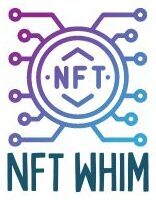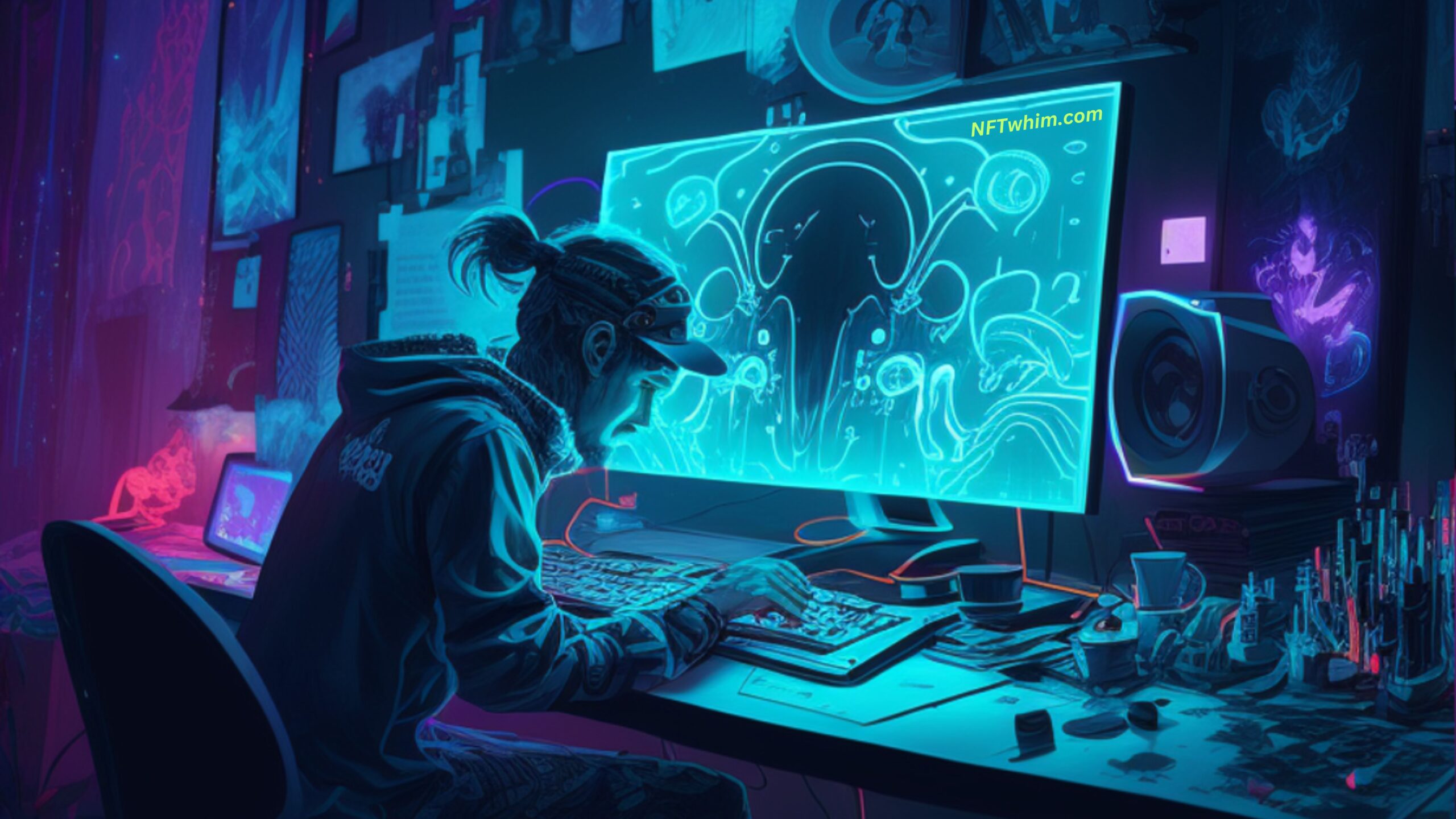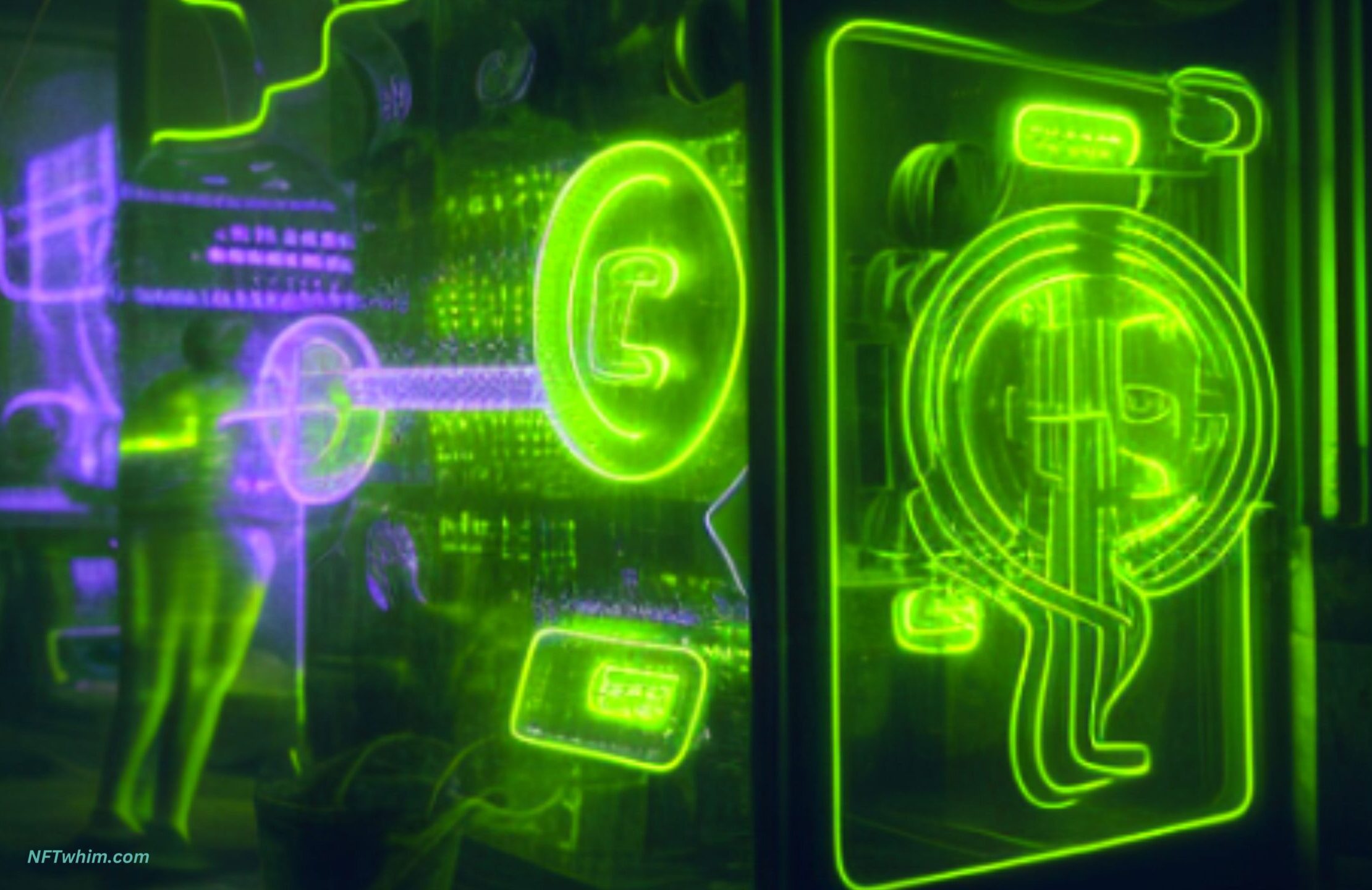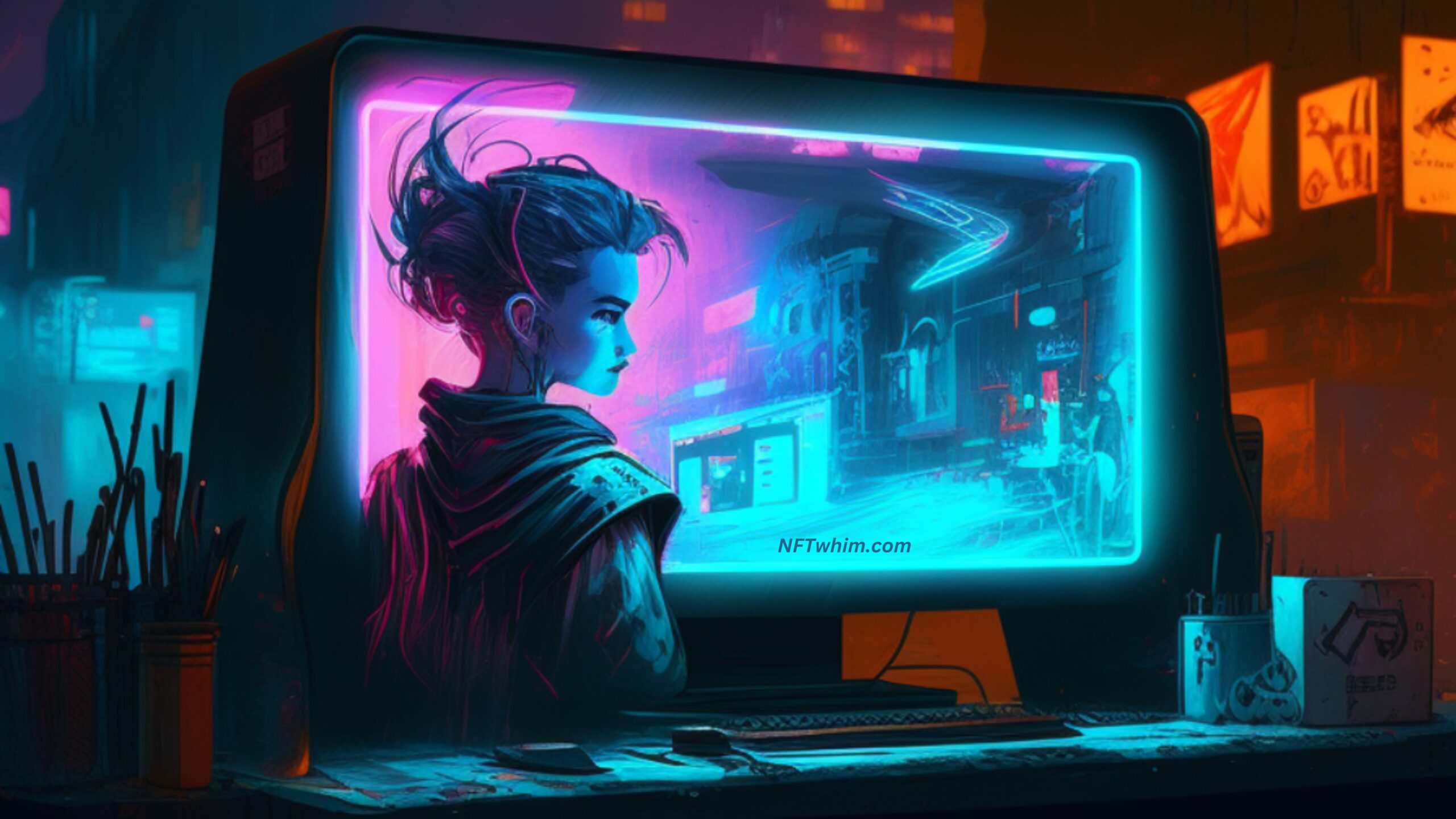Are you a musician who wants to get into the world of NFTs? You’ve come to the right place. NFTs, or non-fungible tokens, are a new way of selling and buying digital assets, including music. As an NFT music creator, you can sell your music directly to fans and collectors, and potentially earn more than you would through traditional streaming or record label deals. In this guide, we’ll walk you through the steps to become an NFT music creator and start earning from your music.
To become an NFT music creator, you need to understand what music NFTs are and how they work, create your music, choose an NFT marketplace, mint your NFT, promote it, and sell it. Once you have sold your NFT, you will need to manage it, including tracking sales, managing licenses and royalties. To be successful, use the right platform, set a fair price, and market your NFT effectively.
Ok, let’s dive in!
Table of Contents
By the way, you may also want to read this comprehensive guide for creators of any NFT genre.
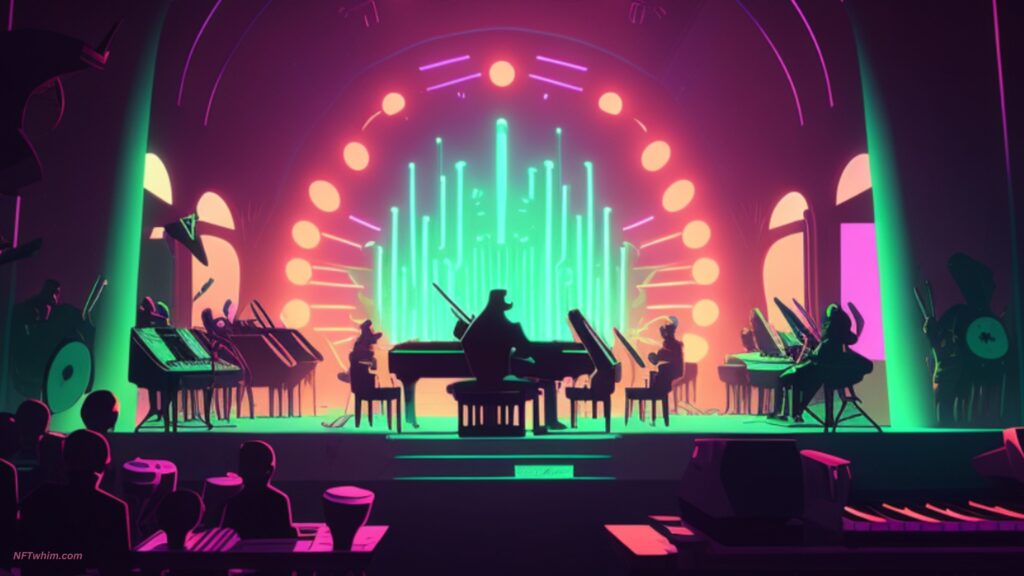
8 crucial steps to become a successful NFT Music Creator:
Step 1: Understand What NFTs Are and How They Work
Before you dive into creating NFTs, it’s important to understand what they are and how they work. In simple terms, NFTs are unique digital assets that are verified on a blockchain network. They can be anything from digital art to music, and they’re bought and sold on various marketplaces. Each NFT is one-of-a-kind, and ownership is recorded on the blockchain, making it easy to verify authenticity and provenance.
Step 2: Create Your Music
The next step to becoming an NFT music creator is to create your music. Whether you’re a seasoned musician or just starting out, the key is to create something that’s unique and valuable to your fans. You can create a single track, an album, or even a sound collage. The possibilities are endless, as long as you create something that’s worth owning.
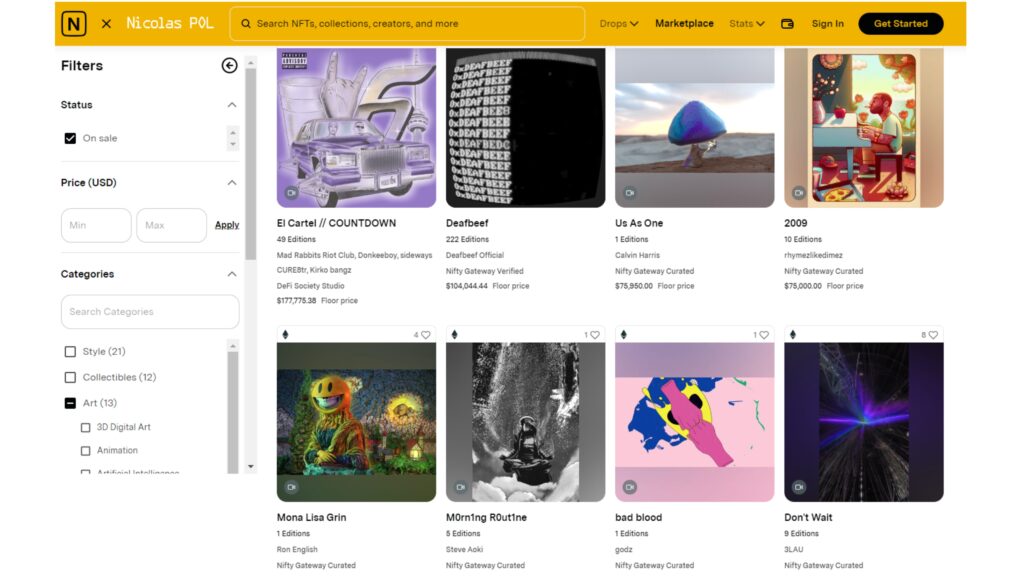
Step 3: Choose Your NFT Marketplace
Once you’ve created your music, it’s time to choose where you’ll sell it as an NFT. There are a variety of marketplaces to choose from, each with their own pros and cons. Some of the most popular NFT marketplaces for music include:
- Opensea: Opensea is one of the largest NFT marketplaces, and it offers a wide range of digital assets, including music. It’s a great option if you’re just starting out, as it’s easy to use and has a large audience.
- Foundation: Foundation is a curated NFT marketplace that’s known for its high-quality offerings. It’s a good option if you’re an established artist and want to sell your music to a discerning audience.
- SuperRare: SuperRare is a marketplace that specializes in digital art and music. It’s a great option if you’re a musician who also creates visual art, as you can sell both types of work on the platform.
- NiftyGateway: Nifty Gateway is another popular platform. It has a full section for music NFTs and promotes itself as an NFT marketplace “without the hassle of gas fees and failed transactions”.
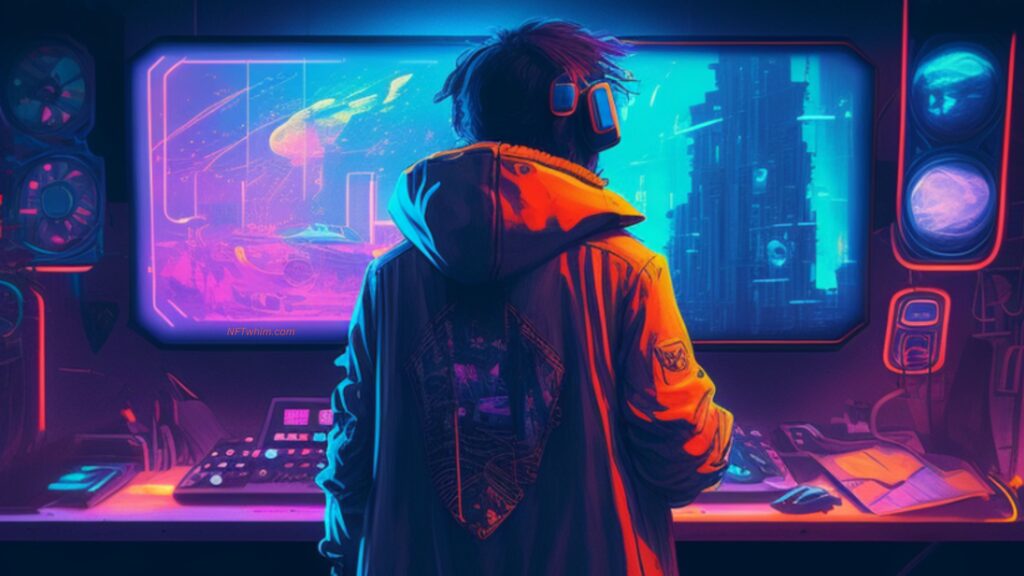
Step 4: Mint Your NFT and Put it Up for Sale
Once you’ve chosen your marketplace, it’s time to mint your NFT. Minting is the process of creating your NFT and putting it up for sale. Each marketplace has its own process for minting NFTs, but in general, you’ll need to follow these steps:
- Choose the file you want to turn into an NFT.
- Set a price of the NFT: When setting a price for your NFT, it’s important to consider several factors, such as the quality of your music, your reputation as an artist, and the demand for your NFTs. Some NFT platforms allow you to set a fixed price, while others use an auction system.
- Choose how many copies of your NFT you want to sell.
- Pay the minting fee (which varies by marketplace).
- Create a listing: The listing should include a description of your music, the NFT’s features, and any other information that potential buyers may find relevant.
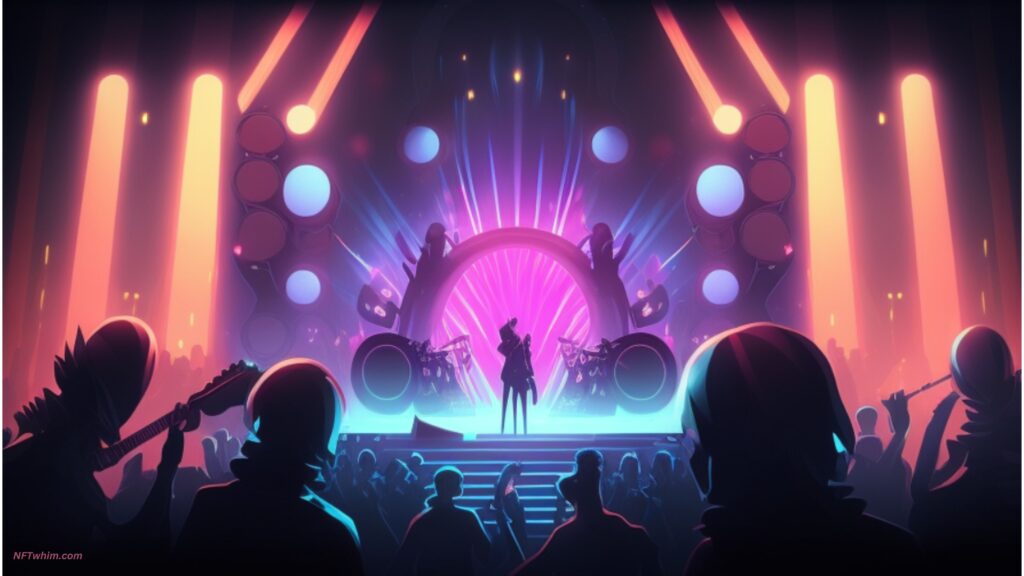
Step 5: Promote Your NFT
Now that your NFT is minted and for sale, it’s time to promote it. There are several ways to promote your music NFT, including:
- Social media: Share your NFT on your social media channels, and encourage your fans to share it too.
- Email: Send an email to your mailing list announcing your new NFT.
- Collaborations: Collaborate with other NFT artists or musicians to cross-promote your work.
- PR: Reach out to journalists and bloggers who cover NFTs and ask if they’d be interested in featuring your work.
Step 6: Sell Your NFT

The final step in becoming an NFT music creator is actually selling your NFTs:
Once you have found a buyer for your NFT, you need to close the sale. Most NFT platforms handle the transaction process for you automatically, but it’s still important to keep track of the process to make sure everything is proceeding as expected.
Selling your NFTs can be a challenging process, but it’s of course an essential step if you want to monetize your music.
Again, it’s important to make sure to use the right platform, set a fair price, and market your NFT effectively to increase your chances of success. With time and persistence, you can establish yourself as a successful NFT music creator and make a name for yourself in the industry.
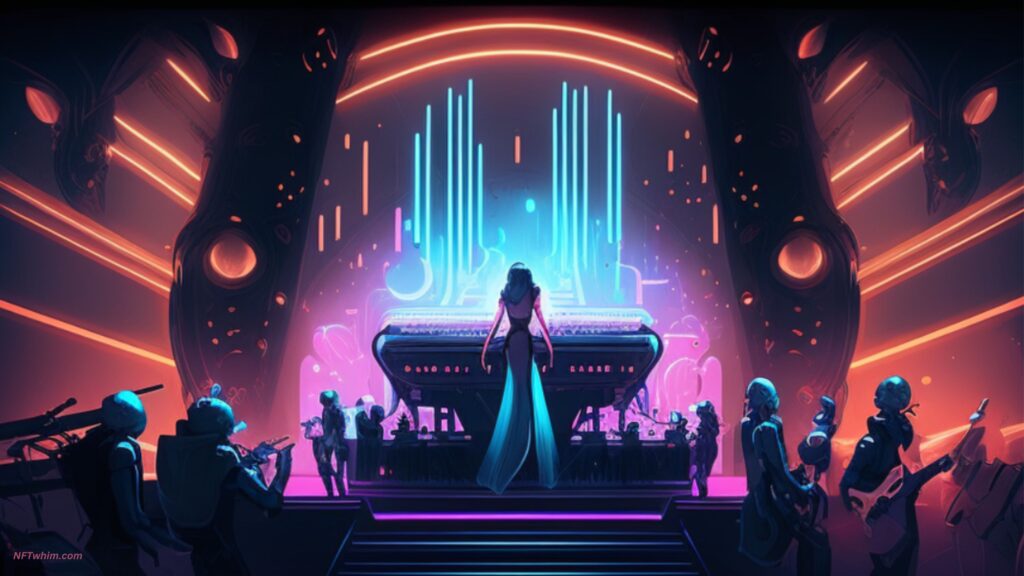
Step 7: Manage Your NFTs
Once you have minted and sold your first NFT, you will need to manage it. This involves keeping track of sales, managing licenses and royalties.
Here are two crucial tips for managing your NFTs:
- Keep track of sales: Use a spreadsheet or NFT tracking tool to keep track of your NFT sales and revenue.
- Manage licenses and royalties: Depending on the platform you use, you may be able to set specific licenses and royalty rates for your NFT. Make sure to understand and manage these properly.
Step 8: Keep Creating and Improving
Becoming an NFT music creator is an ongoing process. Keep creating new music pieces and experimenting with different styles and collaborations. Listen to feedback from your audience and continue to improve your craft.
Additionally, keep an eye on trends and developments in the NFT space. The NFT market is constantly evolving, and staying up-to-date on the latest trends and technologies will help you stay ahead of the game.
Conclusion
Becoming an NFT music creator can be a rewarding and lucrative career path. By following these steps, you can turn your passion for music into a successful NFT career.
Remember to focus on creating high-quality music pieces, building a strong brand and community, and staying up-to-date on the latest trends and developments in the NFT space. With hard work, dedication, and a little bit of luck, you can become a successful NFT music creator.
Robin
Author: Robin Olsson
Author Bio: I’m Robin and on this website, I share everything I’ve learned since getting into NFTs in 2021. I have a background in research and I’ve been in crypto for several years. You can read more about me here.
